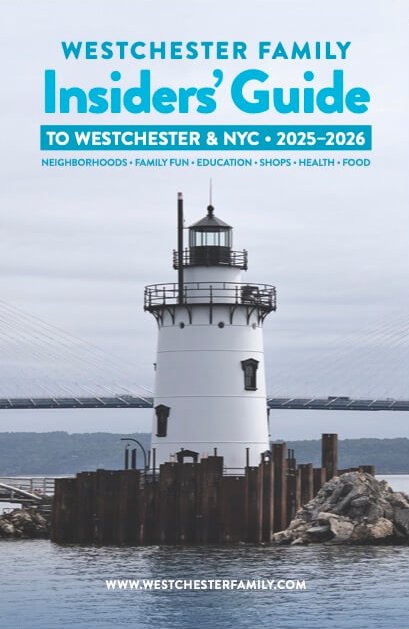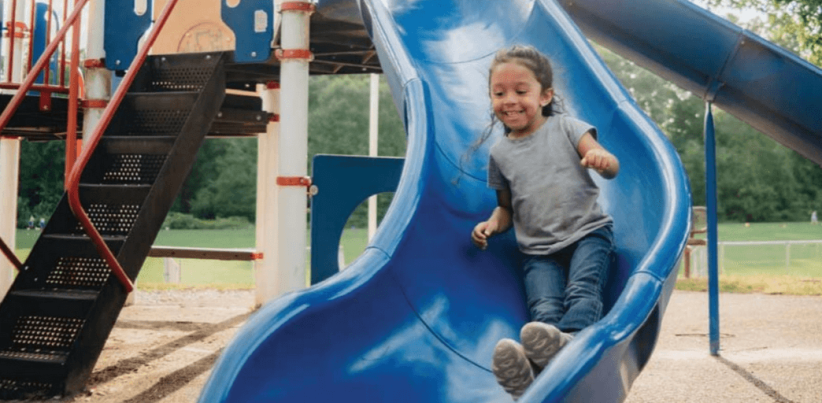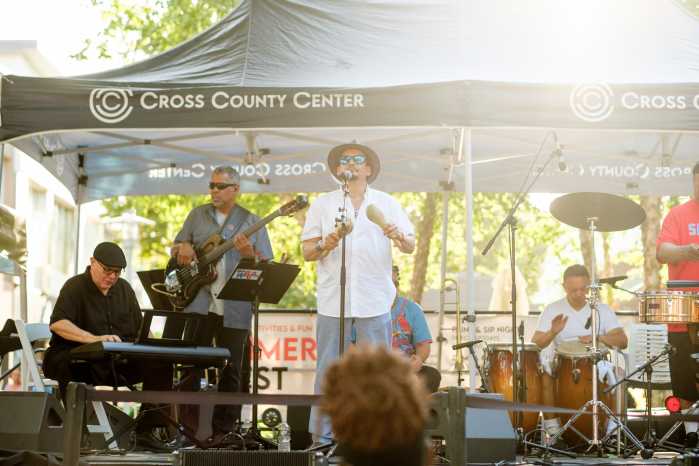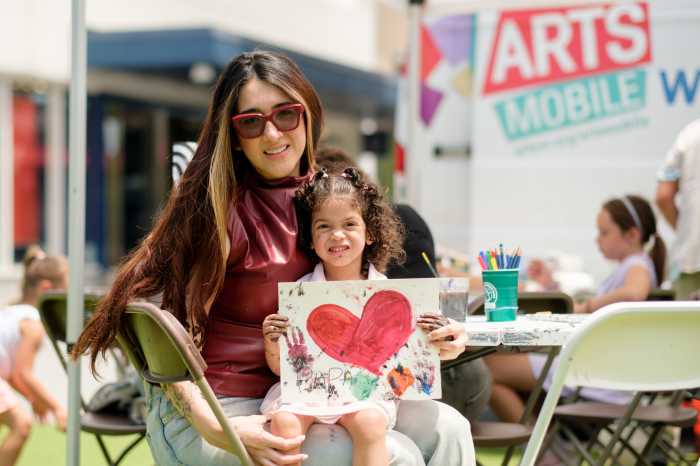There is nothing quite like the experience of skating on ice. Perhaps you can recall the fluidity of your movement, the sound of the blades under your feet and, of course, the alltoo-familiar sensation of losing your balance and crashing onto the cold, hard ice. Many life-long residents of Westchester County spent much of their childhood on the ice, either skating or playing hockey, and now that they are parents they can’t wait to get their little ones up on skates so the entire family can enjoy a day at the rink. However, should you feel like a bad parent pushing your toddler onto ice with what seems like knives strapped to their feet, here are a few things you should keep in mind when introducing your children to the world of ice skating.
When To Start
Many skating schools teach children as young as 5, 4, or even 3. Not all 3-year-olds are ready, but some are. For parents who aren’t sure if their 3- or 4-year-old is ready to learn, most people we spoke with recommended a field trip to your local rink. Take your child to an ice rink and watch a public ice session. Local experts say for many kids, just seeing children their own age skating is all the incentive they need to give skating a try. The ability to skate around is generally relatively easy for kids if they start early enough.
Getting Them On The Ice
Once the decision has been made to teach your child to skate, the recommendation was unanimous – sign up for group lessons. “We keep our beginner class small,” says Alana Kelton, Skating School director at Hommocks Park Ice Rink in Larchmont. “They’re immediately brought on the ice with all their protection and skates properly tied and fitted and we sit them on the ice.”
Some rinks have kids walk in the skates outside the rink before they get on the ice so they can get a feel for what it’s like. The initial lesson generally comes quite naturally to the children. And the first thing they learn is to fall down and get up on the ice.
It is important for any first-time skater to become comfortable with the ice itself. Many instructors will have their students sit down on the ice, touch the surface and get to know how it feels. Then they will gradually move forward, having the students walk on the ice in the skates rather than trying to glide, or bending down to pick something up. The idea is to demystify this new, unfamiliar surface.
Experts contend that it’s key to provide your child with a good instructor who knows how to introduce them to the ice rather than just taking them yourself if you aren’t a skater. A structured program can teach them the fundamentals properly so they have a good experience the first time.
Kevin Wright, president and director of Hockey for Home Ice Advantage in Tuckahoe, brings up one more key component in making a child’s first skating experience a positive one – the parent. “Having the parent nearby and visible while the instructor is teaching them is very helpful,” he says. “If a kid gets nervous, he can look over the boards and see his mom standing right there watching him skate.”
Wright’s Home Ice Advantage starts their youngest skaters on a miniature rink measuring only 28 by 41 feet (as opposed to a more common 200 by 85 foot rink). “They almost feel that they’re skating on a sheet of ice in their living room,” he says.
Most rinks will have a solid skating school program, but just to be sure, make sure there are qualified instructors, good facilities and there should be people there to help you out, give you all the information you need when you call or come in. The class should always have a good, nice clean ice surface to start.
Equipment and Safety
Getting safely on the ice requires a few more pieces of equipment than just the skates themselves. “They should be prepared to come into a facility where it’s cold, so the children need to be dressed properly,” says Kelton. “They should also have a bike helmet, or a ski helmet. They should come with gloves and mittens. If they’re going to rent skates they should know their shoe size so they can rent the appropriate skates.”
Stacey Isenberg, the director of the Skating School at Westchester Skating Academy says, “The type of socks your child wears is important. “Many parent think thick socks are better, but thin mid-calf or knee high socks are best.” And she says that scarves can be dangerous. “Scarves are discouraged as they can be a tripping hazard, a neck gaiter is a better choice,” says Isenberg.
Everyone we asked agreed that children should start out renting their equipment. “We recommend they rent at the beginning to make sure they’re going to like it,” says Kelton. “Then if they decide they are going to do this on a regular basis or take lessons they can buy skates.”
The people we spoke with were mixed on the need for all skaters to wear elbow and knee pads, but they were unanimous in the need for kids to wear helmets. “Personally, if people just want their kids to skate, I highly recommend shin pads, elbow pads, pants and a helmet is a must,” says Wright. “If you’re free skating and you fall back, it’s important to make sure you have protection and padding.”
The pants Wright refers to are special, padded pants known as Hockey Pants, which have a large cushion on the rear end. “They’re designed to protect kids from skates and sticks and pucks hitting them. It’s also protection for a fall. In the case of a child just learning to skate, I think it’s valuable because if they fall it can really hurt,” says Wright.
Will They Like It?
It’s important to remember that you won’t always know whether your child is going to become an ice convert or not after only a few lessons. Some kids just get right up and have a good sense of balance and they take off right away. It doesn’t mean if somebody doesn’t take to it quite as fast that they’re not going to love it down the road. Some kids just take a little longer to get acclimated. Each child grows at their own rate.
As long as you keep these simple tips in mind, you should have no problem helping your child feel comfortable on the ice in their own time.
David Neilsen is a regular contributor to Westchester Family.
Places to Skate In and Around Westchester County
Danbury Ice Arena
1 Independence Way Danbury, Conn.
203-794-9679
Darien Ice Rink
55 Old Kings Highway North Darien, Conn.
203-655-8251
Ebersole Ice Rink
110 Lake St., Delfino Park White Plains, N.Y.
914-422-1390
Edward J. Murray Memorial Skating Center
348 Tuckahoe Road Yonkers, N.Y.
914-377-6469
The Harvey School
260 Jay Street Katonah, N.Y.
914-223-3161
Home Ice Advantage
200 Marbledale Road Tuckahoe, N.Y.
Hommocks Park Ice Rink
140 Hommocks Road Larchmont, N.Y.
914-834-1069
Ice Hutch Rink
655 Garden Ave. Mount Vernon, N.Y.
914-699-6787
Playland Ice
100 Playland Parkway Rye, N.Y.
914-481-5941
Stamford Twin Rinks
1063 Hope St. Stamford, Conn.
203-968-9000
Westchester Skating Academy
91 Fairview Park Dr. Elmsford, N.Y.
914-347-8232
















